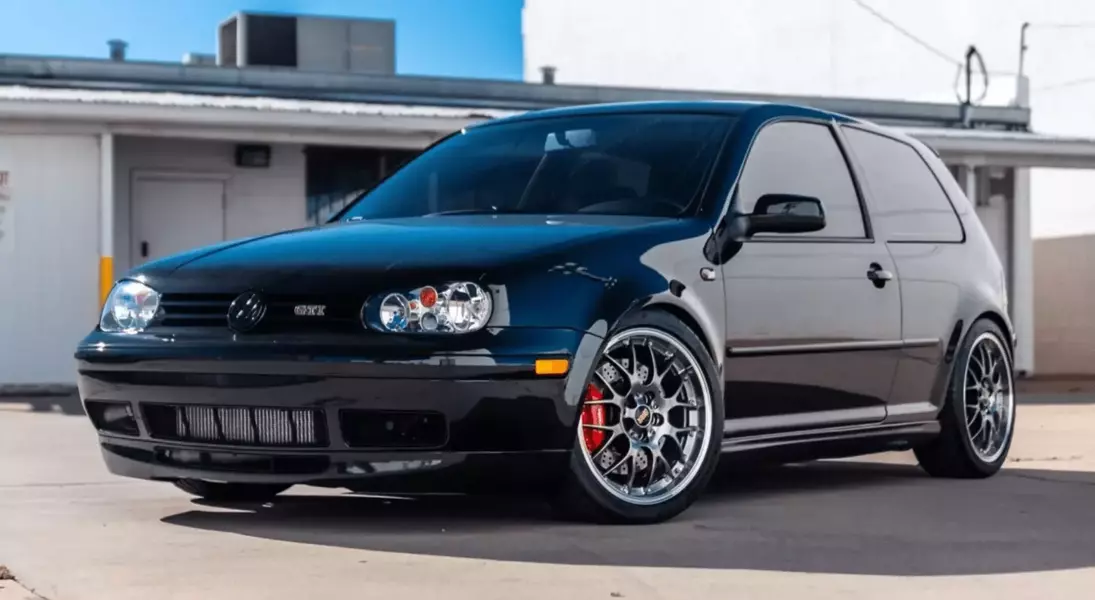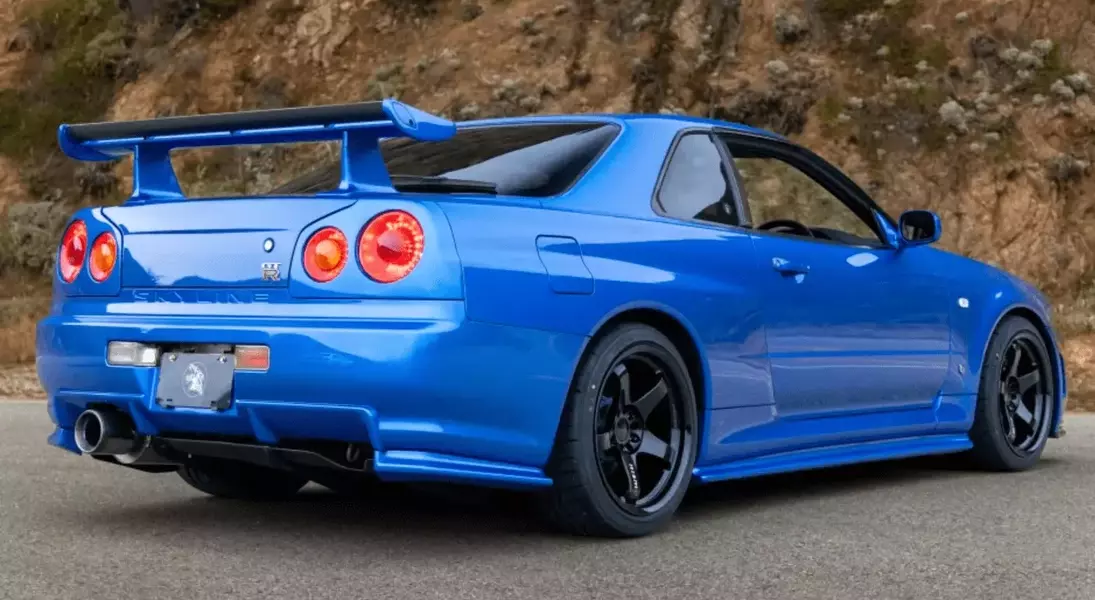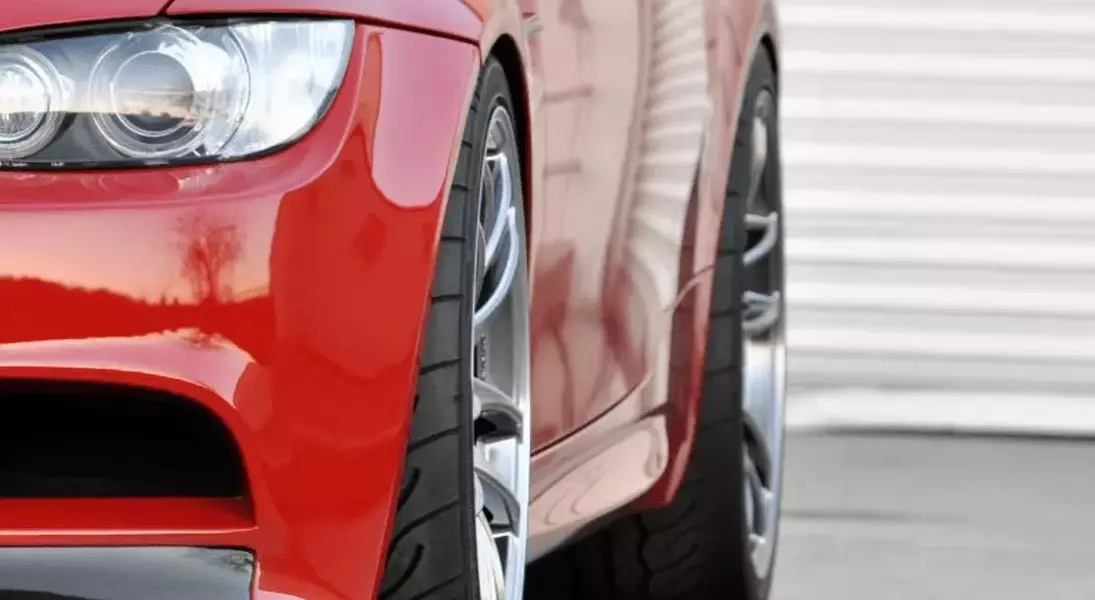





Upgrading a car's wheels can significantly transform its appearance and driving dynamics. However, this seemingly straightforward modification requires careful attention to numerous technical details to ensure both aesthetic appeal and optimal performance. Neglecting these crucial factors can lead to unforeseen issues, impacting ride quality, fuel efficiency, and potentially compromising safety. This comprehensive guide delves into the essential considerations for selecting and installing aftermarket wheels, covering everything from fitment and weight to tire compatibility and long-term costs, empowering car owners to make informed choices that truly enhance their vehicles.
Navigating the World of Aftermarket Wheel Upgrades
For many automotive enthusiasts, customizing their vehicle begins with a wheel upgrade. These modifications are immediately noticeable, providing a distinct visual enhancement. Beyond the cosmetic appeal, the right set of wheels can also contribute to reducing overall vehicle weight, improving handling responsiveness, and enhancing brake cooling efficiency. Conversely, an unsuitable selection can degrade the driving experience, negatively affect fuel economy, or even pose safety risks due to improper fitment. Therefore, a thorough understanding of the following aspects is paramount before making a purchase.
The journey to selecting new wheels should always commence with fitment. Each vehicle has specific factory wheel dimensions, including diameter, width, and bolt pattern (e.g., 17x7.5 inches and 5x114.3). The wheel's diameter and width dictate the compatible tire sizes, while the bolt pattern ensures a secure attachment to the vehicle's hub. Another critical element is the offset, which defines the wheel's lateral position relative to the hub. An incorrect offset can result in the wheels being too recessed or protruding excessively, leading to rubbing issues that can damage both tires and body panels. Typically, owners aim to stay within half an inch of the factory wheel width and a few millimeters of the original offset. For more aggressive styling, suspension adjustments or fender modifications may be necessary. Consulting online fitment calculators or enthusiast forums for specific vehicle models can provide valuable guidance.
Weight is a more significant factor than many realize, particularly for wheels, which are considered 'unsprung mass' as they are not supported by the suspension system. Reducing unsprung weight disproportionately improves ride quality and handling compared to reducing an equivalent amount of sprung mass. Lighter wheels can enhance acceleration and steering response, while heavier wheels can strain the suspension and diminish steering feel. Wheel materials play a crucial role in this regard, with cast aluminum being the most affordable and heaviest, flow-formed (or rotary-forged) wheels offering a balanced blend of strength, weight, and cost, and fully forged wheels representing the lightest, strongest, and most expensive option, often reserved for high-performance or track-focused vehicles.
The adage "bigger isn't always better" certainly applies to wheels. Opting for larger wheels often necessitates tires with smaller sidewalls to maintain the vehicle's original overall diameter. While a shorter sidewall can lend a sportier appearance and sharper steering, it also typically results in a harsher ride. Furthermore, larger wheels are generally heavier unless one invests in premium, lightweight options. Significant jumps in wheel size can lead to increased road noise, reduced fuel efficiency, and more costly tire replacements. For those prioritizing performance, focusing on weight and tire grip should take precedence over sheer diameter.
It's a common oversight for individuals to invest heavily in wheels only to compromise on tire quality. Tires are fundamental to a vehicle's braking, acceleration, noise levels, comfort, and hydroplaning resistance. Even the finest wheels cannot compensate for subpar tires. Therefore, selecting a reputable mid-tier summer or all-season tire is usually a superior choice compared to a budget option, even when paired with high-end wheels. Always verify the tire's load and speed ratings, as these specifications are more indicative of performance than marketing claims.
Proper installation hardware is equally vital. Most vehicles are designed with a hub that precisely centers the wheel. If aftermarket wheels have a larger center bore, hub-centric rings (inexpensive plastic or aluminum inserts) are essential to ensure the wheel is perfectly centered before tightening the lug nuts, preventing vibrations at higher speeds. Using the correct lug nuts or bolts for the specific wheel type (conical or ball seat) is also critical for safety and to prevent wheel damage. Always procure hardware from trusted brands.
The cost of aftermarket wheels can vary dramatically, ranging from under $800 to over $5,000 for a set. For everyday drivers, a sweet spot typically falls between $1,200 and $1,800 for flow-formed wheels from established manufacturers, offering a good balance of durability, quality, and appropriate fitment. Forged wheels, starting around $3,000, are justified for track cars or high-performance builds where weight savings and maximum strength are paramount. Ultimately, the choice should align with one's budget and intended use, as expensive wheels will not magically transform a standard commuter car into a sports vehicle.
Finally, a post-installation alignment is highly recommended, even if the new wheels closely match the original dimensions, as the new setup might subtly alter toe, camber, or caster. Ensuring lugs are torqued correctly (typically 80-100 lb-ft for passenger cars, as per the owner's manual) and re-torqued after 50-100 miles is crucial, as wheels can slightly settle after initial installation.
Upgrading vehicle wheels provides a unique opportunity to personalize and enhance a car's aesthetic and dynamic qualities. However, this process demands careful research and an understanding of technical specifications to avoid common pitfalls. By prioritizing fitment, considering weight implications, choosing appropriate tires, utilizing correct hardware, and understanding long-term costs, car owners can achieve a truly rewarding upgrade. A well-planned wheel modification not only elevates the vehicle's visual appeal but also contributes to a superior driving experience, making the investment worthwhile for discerning car enthusiasts.
